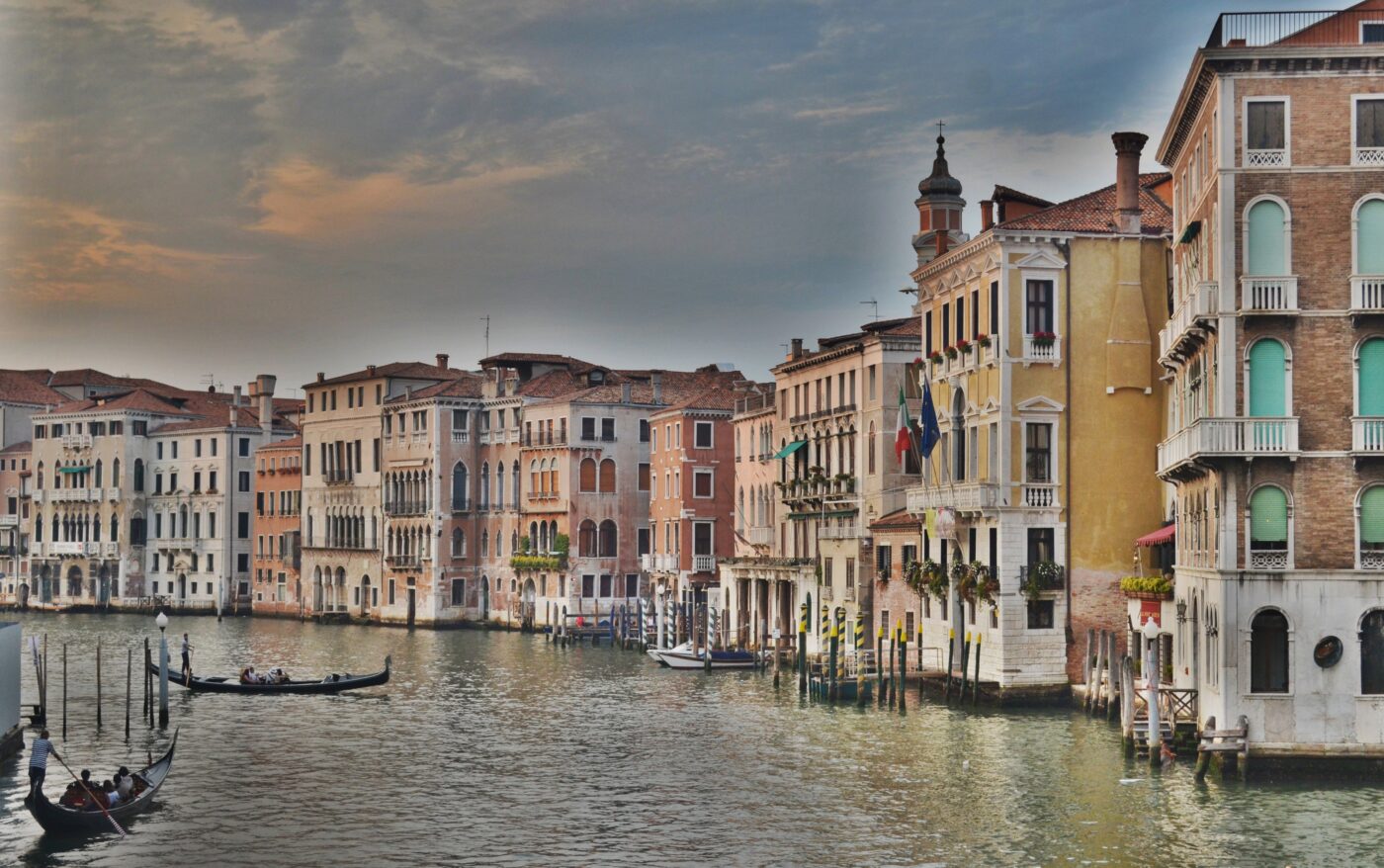What exactly is the World Heritage Danger List?
If you’re asking yourself this, we can’t blame you, we asked ourselves the same thing. We all know the UNESCO World Heritage List but danger? Who/what gets on that list?
We spoke with UNESCO to find out. You don’t want to be in the kind of situation that gets you on it, but once you are, it’s all about the help a place can get, and the success stories of those who have made it off.
A property is put on this list when it is faced with threats that could have negative effects on its World Heritage values. This may include projects which deteriorate the coherence of a place and its historic structures, or natural disasters, or even modification of the juridical status of an area.
As of today, there are 56 cultural and natural sites on the list.
“The list of World Heritage in Danger was created to raise awareness of the threats to the outstanding universal value — the reason why it was inscribed — of a property inscribed on the World Heritage List, and to mobilize the international community to take action to save it,” said a UNESCO spokesperson. By informing the international community, the list highlights the threatened conditions and encourages action.
How does a property get on the list? The World Heritage Committee is in charge of what gets placed, and keeping the list up to date.
The States Parties to the Convention — countries which subscribe to UNESCO’s standards and definitions — are obligated to inform the Committee about threats to their supposedly protected properties. In addition, private individuals and non-governmental parties can make the Committee aware of dangers. Once so informed, it is up to the Committee to say if these properties should be included on the list and if their conditions are serious enough. In case of emergencies, the Committee can elect to include a new property on the list.
So, for the time being anyway, Venice, a World Heritage site since 1987, is not on the list — the feeling at UNESCO’S most recent World Heritages meeting, which took place in Saudi Arabia in early summer, was that the city is doing positive things to reverse its drowning in over-tourism. Venice has been the object of dire predictions for its continuing existence since the end of the Second World War, and long spoken of as the sinking city. And now harbingers of doom are evoking climate change as the latest monster unleashed on the Adriatic coast Italian city, but (thankfully) it’s still here. In the last few years it banned humongous cruise ships from docking, forcing them to land much further away, which has dramatically reduced the number of transient visitors who were choking this ancient town.
Critics of UNESCO’s decision won’t see it this way, but it’s good news that Venice doesn’t, right now, need to be on the list. Recently added sites include Rachid Karami International Fair of Tripoli, in Lebanon; The Historic Centre of Odessa in Ukraine (might as well just write in the whole country, seriously); and the Landmarks of the Ancient Kingdom of Saba, Marib (which include a temple that was once the sanctuary of the Queen of Sheba) in Yemen.
Once a site is put on the list, the World Heritage Committee is then allowed to allocate funds and immediate assistance from the World Heritage Fund. And the international community is alerted and encouraged to save the properties.
The Middle East, Africa and Central America make up the majority of the listed sites. Some places that are on the list (and some have been there a long time, like Peru’s Chan Chan archeological zone, placed in 1986) include a half dozen sites in Syria, several in Yemen, Vienna’s Historic Center in Austria, and even the U.S.’s Everglades National Park.
But in the end, of course, the Committee hopes that all the properties will be taken off the list! “That is the entire purpose of the In Danger List: saving these sites, and therefore removing them from the In Danger List,” said the same, enigmatic UNESCO spokesperson. “The In Danger listing is intended to be temporary: every year, sites are removed from the list, and represent victories for States and local communities concerned, UNESCO, and the entire international community.”
In cases like the Galápagos Islands and our own Yellowstone National Park, being on the list brought positive attention and helpful development. These two sites have greatly recovered and since been removed from the list.
So while being on the World Heritage Danger list initially may not be a great thing, it can actually turn out to be very positive for the sites on it. Everyone loves a happy ending!
To learn more about the World Heritage Danger List and the 56 properties on it, visit https://whc.unesco.org/en/danger/
